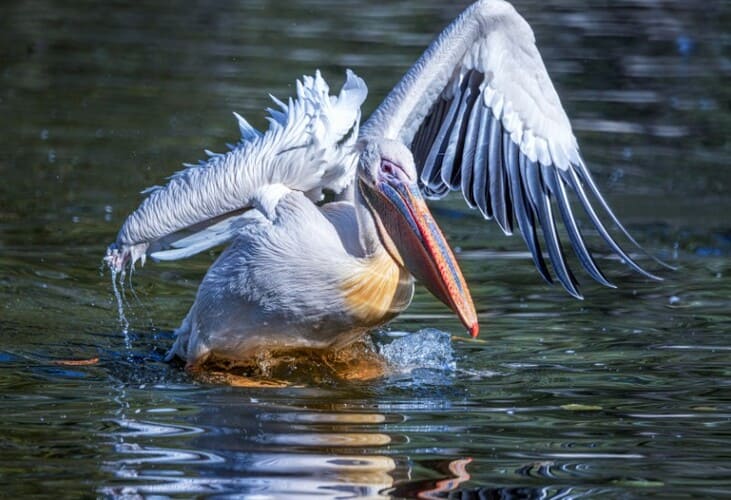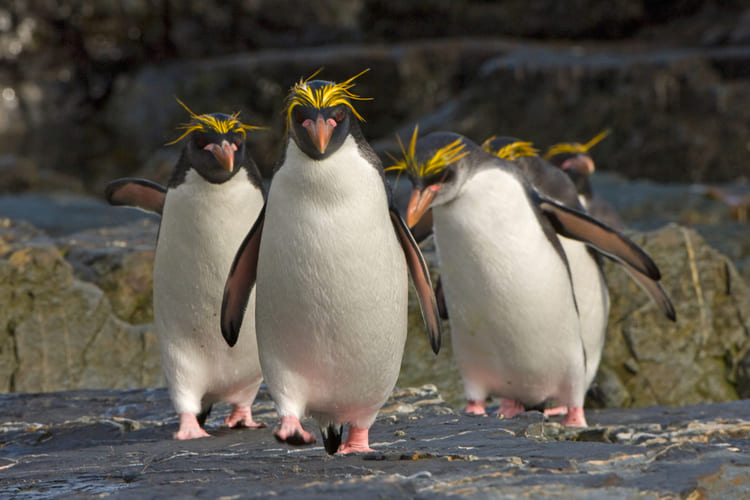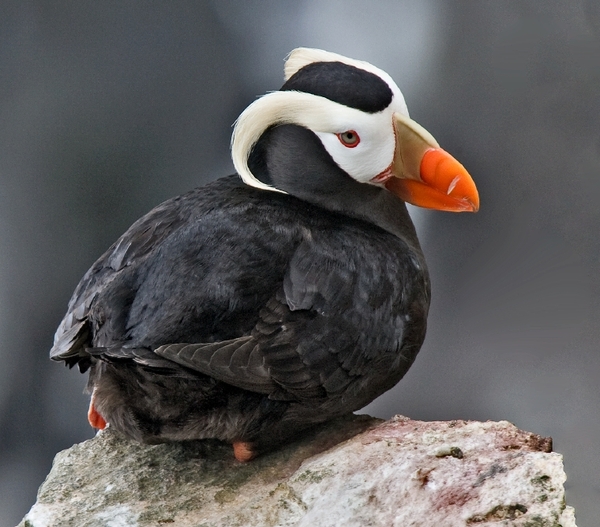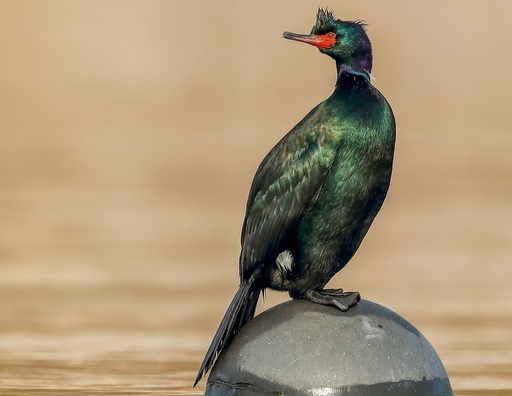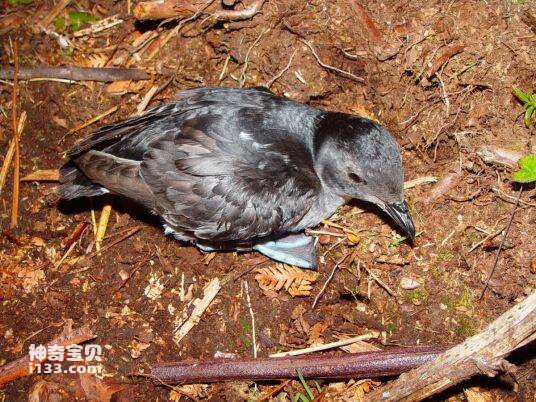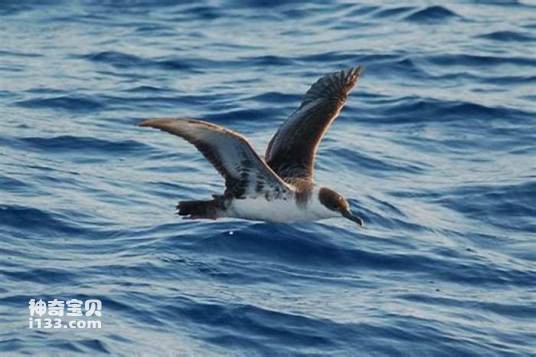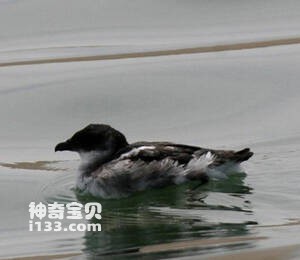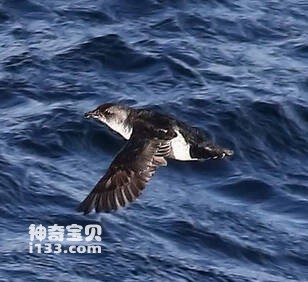Nettapus auritus
IUCN
LCBasic Information
Scientific classification
- name:Nettapus auritus
- Scientific Name:Nettapus auritus,African Pygmy-goose
- Outline:Waterfowl
- Family:
Vital signs
- length:About 30 cm
- Weight:260-285g
- lifetime:No textual research information is available
Feature
It's the smallest duck in Africa
Distribution and Habitat
It is distributed in Angola, Benin, Botswana, Burkina Faso, Burundi, Cameroon, Central African Republic, Chad, Congo, Democratic Republic of Congo, Cote d 'Ivoire, Djibouti, Equatorial Guinea, Eritrea, Ethiopia, Gabon, Gambia, Ghana, Guinea, Guinea-Bissau, Kenya, Liberia, Madagascar, Malawi, Mali, and Maori Tanzania, Mozambique, Namibia, Niger, Nigeria, Rwanda, Senegal, Sierra Leone, Somalia, South Africa, South Sudan, Sudan, Swaziland, United Republic of Tanzania, Togo, Uganda, Zambia, Zimbabwe.
Travellers: Lesotho, SAO Tome and Principe.
It lives in rivers, lakes, ponds and swamps with dense vegetation, especially in open water rich in aquatic plants. It is also sometimes found in small ponds and canals near villages. Generally avoid activities on the ground, usually perched on overhanging branches in the water.
Appearance
The total length of the thick bill cotton lapwing is about 30cm, the male duck weighs about 285 grams, and the female duck weighs 260 grams. Although called the wild goose, it is actually the smallest duck in Africa, these ducks are sexually dimorphic. The male duck has a white forehead, cheek to neck, a large green patch on the back of the head to the back of the neck, a wide white collar ring at the base of the neck, shoulder, back and upper cover feathers are black green, with metallic luster; The primary feathers are black brown, the middle of each feather is white, forming a wing mirror, and the secondary feathers are black brown with white feather ends. Both sides of the female face are white-gray; There is a narrow black eye stripe; Both sexes have reddish brown underbodies; Black iris; Duck beak orange red, beak tip black; The feet are yellow.
Details
Nettapus auritus (African pygomy-goose), no subspecies.
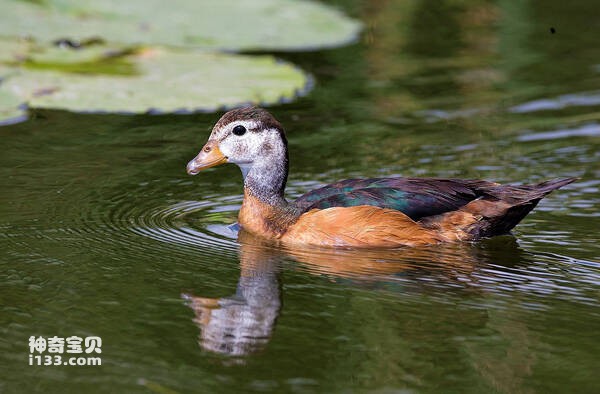
It feeds mainly on buds, leaves and roots of aquatic and terrestrial plants, as well as aquatic insects, worms, snails, mollusks, crustaceans and small fish. Foraging activities during the day, often in the surface and shore shallow water to feed, rarely diving to hunt.
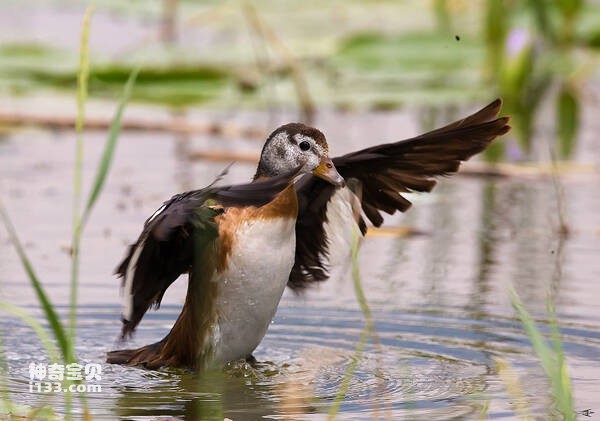
Before breeding begins, the ducklings move around in small flocks. These ducklings usually nest in tree holes. There have also been reports of nests being built in residents' chimneys. Each nest usually contains 6-11 ivory-white eggs. Incubation period is 23-26 days.
Listed on the International Union for Conservation of Nature (IUCN) 2012 Red List of Threatened Species ver3.1 - Low Risk (LC).
Protect wild animals and eliminate wild meat.
Maintaining ecological balance is everyone's responsibility!

